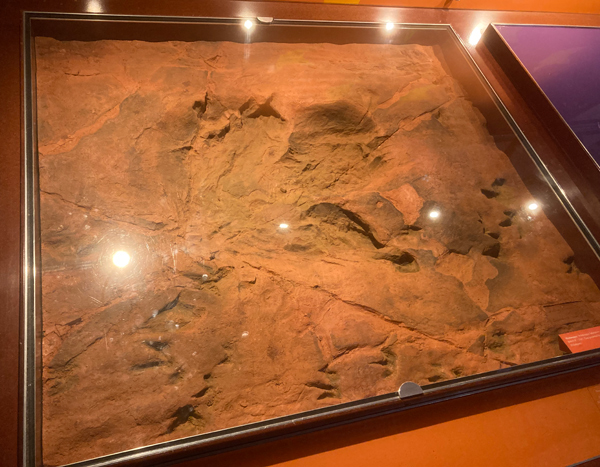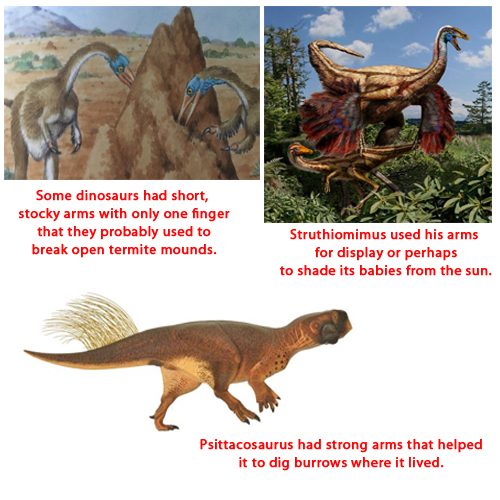Answering Dinosaur Questions for Year 1 Pupils
Team members at Everything Dinosaur are busy preparing for a dinosaur workshop at Ewloe Primary in Wales. The children in Year 1 have been researching dinosaurs and finding out lots of facts about prehistoric animals. One of the teachers at the school emailed Everything Dinosaur with a list of questions that the children had compiled.
Year 1 Children Think of Questions About Dinosaurs
Why do dinosaurs have spikes on their backs? Isabelle.
Why do some dinosaurs have four legs and some not? Amelia.
Why do some dinosaurs have armour? Cora.
Why do some have arms? Emily
Why do some walk in a clumsy fashion? Lily
Why do some have horns? Sorcha
Why do some only eat plants? Paige
Why do some dinosaurs fly? Emma
Why do some run really fast? Harri
Why do they fight? Lyla-Brooke
Why are some vegetarian? Isaac
Why do they have sharp teeth? Riya
Why are they all different sizes? Scarlett
Why do some have long tails? Jac
Why do some have such a long neck? Olly
Why do some have arms? Charlotte
Why do they leave footprints and how? Noah
Why do they have tails? Katelyn
Why do they have claws? Leah
Image credit: Everything Dinosaur
Dinosaur Questions
There are quite a lot of questions and our dinosaur expert will endeavour to answer some of them during the school visit to conduct the dinosaur workshops. However, here are a couple of answers that we have prepared.
Why Do Dinosaurs Have Arms?
Our thanks to Charlotte and Emily for thinking up this super question. All dinosaurs had arms, a pair of arms just like us in fact. The bones in these arms were very similar to the bones that we have in our arms from the shoulder to the wrist joint (the humerus, sometimes called the funny bone and the ulna and radius bones), but there are differences in our wrists and fingers.
The arms of dinosaurs were adapted to help them to do different things. Some dinosaurs walked on all fours, the arms of these dinosaurs were used for walking. Other dinosaurs walked on two legs and their arms were used in other ways. For example, the ostrich-like Struthiomimus (Strooth-ee-oh-mime-us), had quite long, thin arms which may have had feathers on them. These arms were not wings, this dinosaur was too big to fly, but Struthiomimus may have flapped its arms about to scare off predators, to attract a mate or perhaps to shade its babies from the sun.
Different Dinosaurs with Different Arms
Picture credit: Everything Dinosaur
Why Do Dinosaurs Leave Footprints and How?
Lots of animals and even people leave footprints, if you walk over something soft like mud or sand your foot will sink in and leave an impression behind. If you walk on something hard, like the concrete paths around your school, you don’t leave footprints, but if you were to walk on the concrete before it had hardened then your feet would sink into the concrete and you would create a footprint. Nice time you go to the beach and you walk on the sand take a look behind you, as you may have left a trail of footprints.
Can You Spot the Dinosaur Footprints?

Picture credit: Lu Yong
When a dinosaur walked over soft ground such as the mud by a lake or a sandy river bank, they would leave a set of footprints. Sometimes, these tracks would get quickly covered by more sand and mud and over millions of years these layers would harden and turn into stone such as mudstone and sandstone. These rocks might preserve the dinosaur footprints as fossils.
A Dinosaur Steps in Some Mud and Leaves a Footprint

Picture credit: Everything Dinosaur
The shape and size of the fossil footprint provides palaeontologists with clues as to what sort of dinosaur might have made the track.
For Teacher – Supporting the Dinosaur Questions
- Can the children think of six different ways they use their arms? Take photographs of these activities and make a poster for display describing what their arms are being used for. Think through and list the tasks that arms will be asked to do when it comes to putting the posters up on a wall for display. Write down the list of tasks needed to put a poster up on a wall, can a member of the class instruct their classmates correctly to ensure the task is completed?
- Using plastic tubs filled with wet sand make a series of impressions using everyday objects found in the classroom, can the children work out what the objects were just from the impressions made? Make salt dough and have the class use various objects to make their own salt down fossils. Press an object into the salt dough to make an impression and then bake the dough to make it hard to preserve the imprint.
Visit the website of Everything Dinosaur: Everything Dinosaur.







Leave A Comment